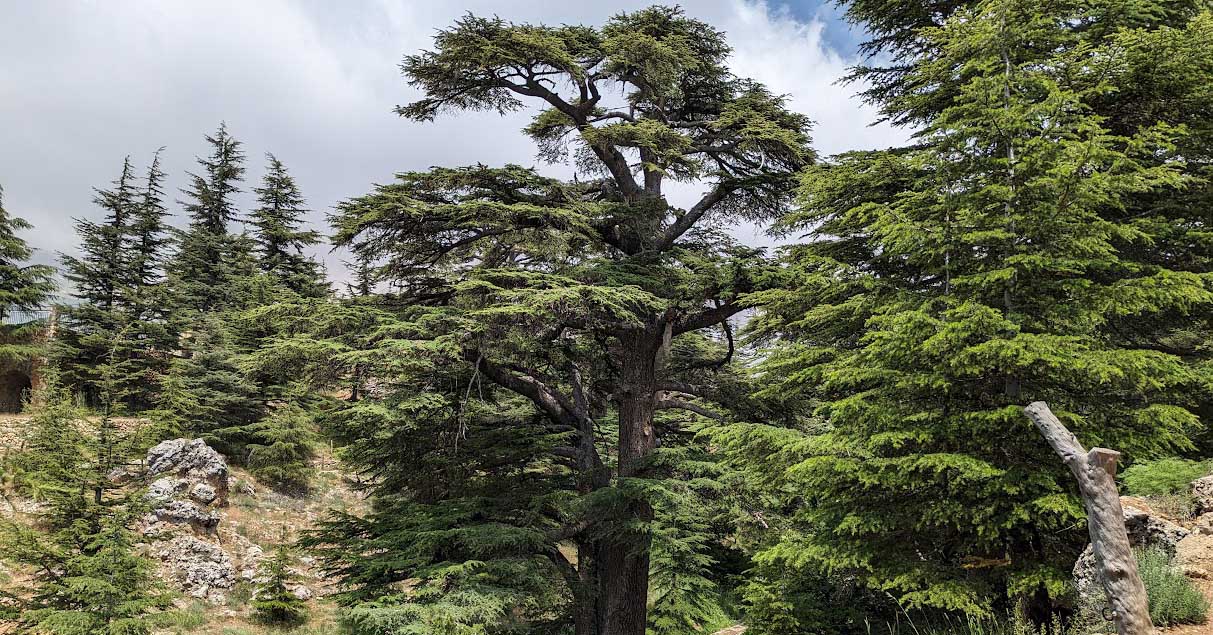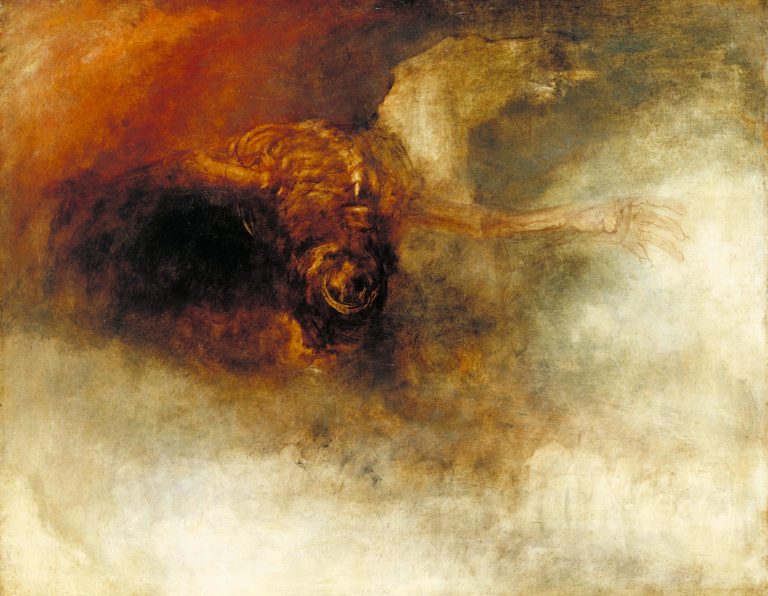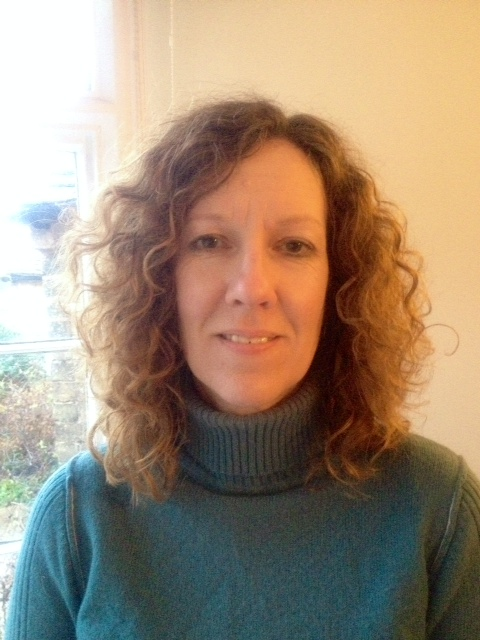
-
Hezbollah in International Law: Q&A with Mireille Rebeiz
Read more: Hezbollah in International Law: Q&A with Mireille RebeizMireille Rebeiz recounts Hezbollah’s violence in Lebanon and in the region which prompted her work on the legal status of Hezbollah as a State or a non-State actor.




